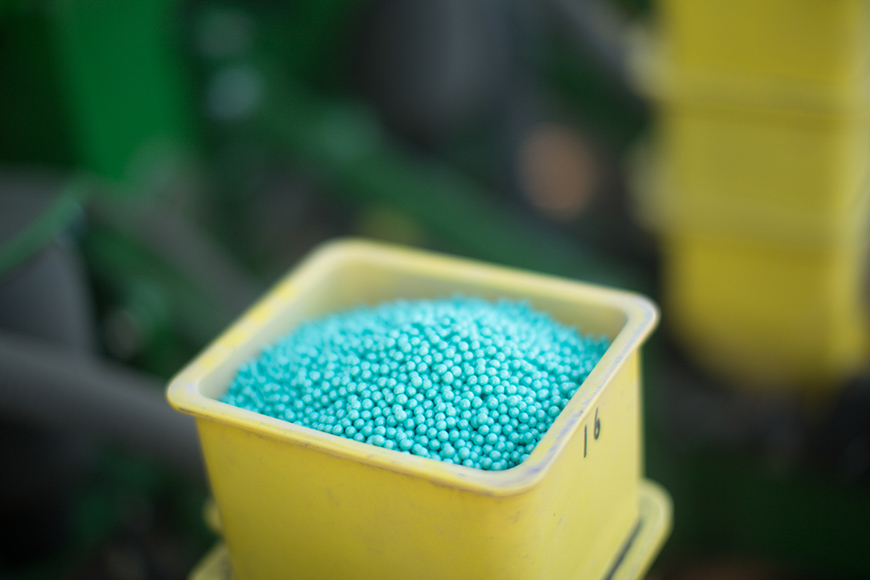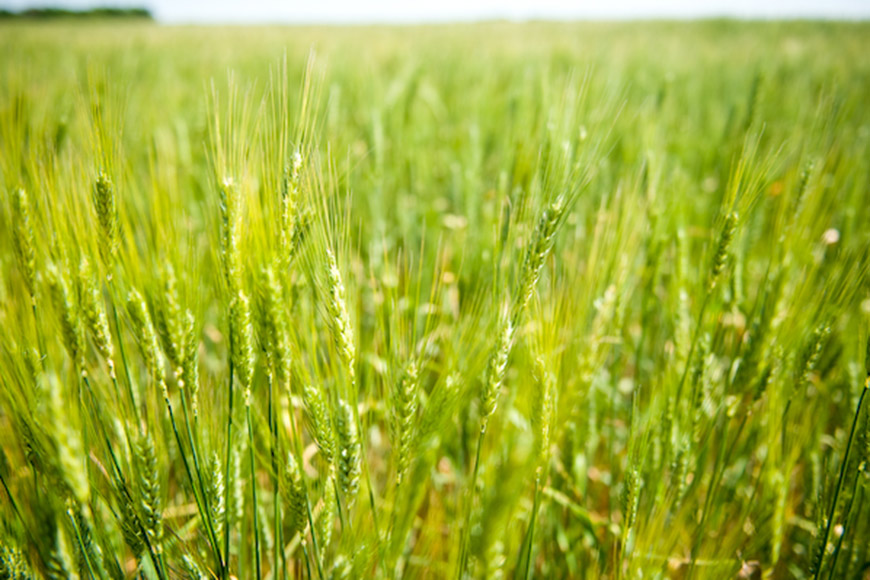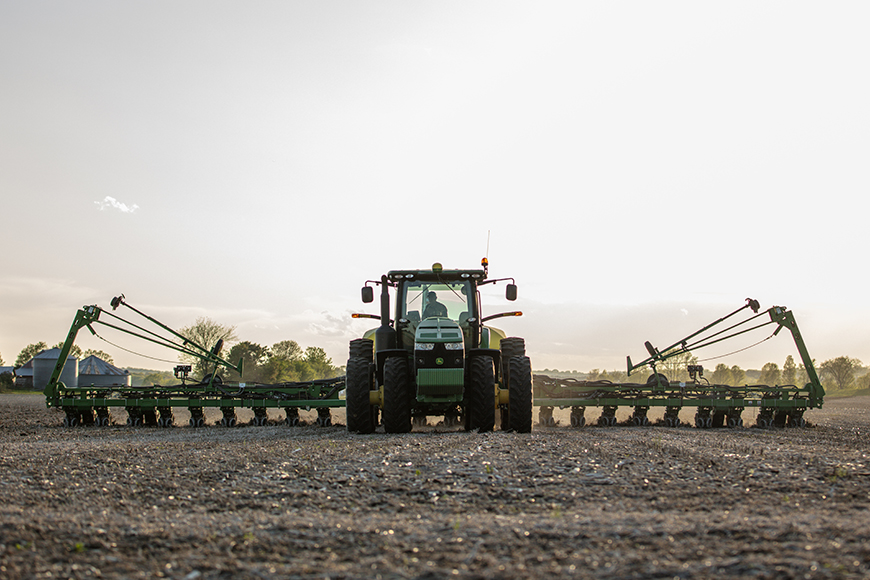Winter Canola Soars in Great Plains, Western U.S.

Winter canola is proving to be an excellent crop to follow winter wheat. And with a favorable market price, it’s a sound investment. It also has higher yield potential versus spring canola: In my experience, many farmers have seen dryland average yields of 50 to 60 bushels per acre of winter canola as opposed to an average of 20 to 40 bushels per acre of spring canola. Winter canola flowers earlier in the growing season when temperatures are significantly cooler as opposed to spring canola, which flowers later in hotter temperatures. In the winter wheat- growing areas of Montana especially, I’ve seen the crop steadily growing in popularity, even with our harsh winters.
Here are some things to keep in mind if you’re thinking about placing winter canola in your crop rotation.
Planting Winter Canola
Seed choice: Winter canola is grown in more temperate parts of the United States, including the southern Great Plains (Kansas, Oklahoma and the panhandle of Texas) and in the Palouse area of southeast Washington. In Montana, new winter canola varieties from CROPLAN® seed, including Roundup Ready® CP225WRR and Roundup Ready CP320WRR, have helped strengthen the popularity of canola in the area, since both have strong winterhardiness ratings.
Timing: Planting time can vary by geography, but the optimal time to plant winter canola for farmers in Montana is August 5 to August 20, give or take a few days on either side. Planting in mid-August lets you get a larger plant going into winter, with more stored carbohydrates in the root to get the plant through the winter and into spring, when it starts breaking dormancy and gets growing again. This early planting timing can be somewhat challenging for farmers in our region, who often harvest their winter wheat and pulse crops such as peas, lentils or chickpeas at the same time. But it’s important to stay on schedule, as planting later may not allow the taproot to develop adequately. Some of the most successful stands have been the result of producers getting rained out for a few days of harvest and planting their winter canola as soon as the ground dries out.
Population and row spacing: The recommended population at which to plant is about 5 pounds of winter canola seed per acre, assuming seed size of 100,000 seeds per pound. (Farmers with precision planters, precision meters and depth control may be able to plant at a lower seeding rate per acre.) Row spacing between winter canola plants should be 10 to 20 inches, which is a little wider than spring canola row spacing.
Plant winter canola into a clean field
The number-one tip I have for farmers who want to grow winter canola is to plant early into a field that’s relatively residue-free. This can be challenging in regions like Montana, because much of the year we are moisture-limited and the vast majority of farmers in this area are no-till. As a result, there’s a lot of field residue that doesn’t decompose, which can be detrimental to winter canola stand establishment and to achieving optimal seed-to-soil contact.
Residue does serve a purpose: It conserves moisture, preserves soil nutrients, and limits wind and rain erosion. Ideally, most of your residue will break down naturally. Talk with your local trusted advisor about the most appropriate way to prepare your fields for winter canola planting.
Manage nutrition in winter canola crops
It’s important to soil test prior to planting winter canola to ensure adequate nitrogen, phosphate and sulfur levels. Phosphate should be applied with a drill in the fall. Phosphate applied at this time helps winter survivability because you don’t want to promote excessive top growth; you want to promote root growth to prepare plants for winter. The following spring, you can do NutriSolutions® tissue testing to check nutrient levels in the plant and apply nitrogen and sulfur based on the yield potential you want to achieve.
Manage weeds in winter canola crops
If you are planting Roundup Ready winter canola, apply glyphosate in the fall and the spring to control grassy weed species or winter annuals. Using the Roundup Ready system enables you to take care of many weed problems quite easily.
Keep tabs on winter canola fields with tech
Especially if you have multiple farms or a very large operation, technology can be a lifesaver to help you monitor your fields in-season to quickly identify and address concerns. The R7® Field Monitoring Tool can let you know if the health of your fields is trending up or down, enabling you to prioritize your workload and better use your time.
You and your agronomist can also use the R7 Tool to create variable-rate seeding prescriptions or fertilizer prescriptions. This enables you to optimize your budget by applying fertilizer only where it will be the most effective rather than doing broadcast applications.
Be committed to your crop
When growing winter canola, commitment counts. You need to get timing, planting, nutrition and weed control right. You also need to find an elevator that will buy it because there aren’t that many yet. But because of its potential, I only see the market for winter canola growing and acres increasing here in Big Sky Country. Talk with your locally owned and operated WinField United retailer to see if it might be a good option for you.
© 2019 WinField United. Important: Before use always read and follow label instructions. Crop performance is dependent on several factors many of which are beyond the control of WinField United, including without limitation, soil type, pest pressures, agronomic practices, and weather conditions. Growers are encouraged to consider data from multiple locations, over multiple years, and be mindful of how such agronomic conditions could impact results. CROPLAN®, NutriSolutions®, R7® and WinField® are trademarks of WinField United.
Roundup Ready® is a trademark used under license from Bayer Group.





